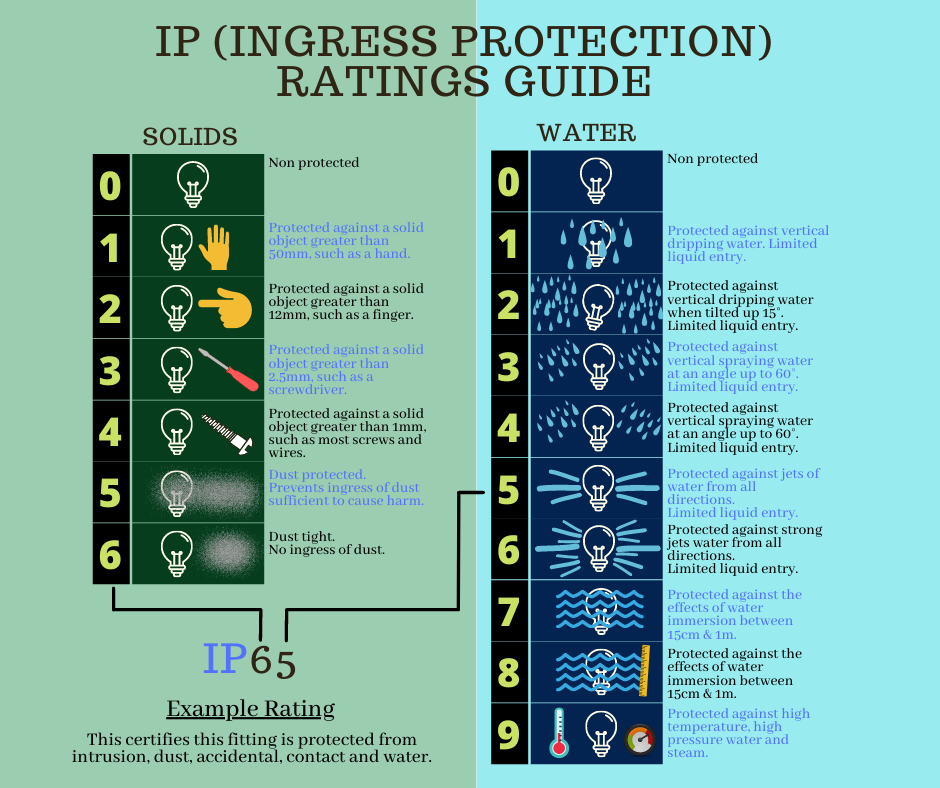When it comes to buying outdoor lighting there can be challenges and it’s important to consider the type of outdoor lighting you need, where it’s going to be placed, the requirements it needs to fulfil and its impact on the surrounding space and environment. This list is all the things worth considering if you want the best outdoor lighting solutions.
What material is the light made of?
The type of material your lights are made from is important for quality, maintenance requirements and lifespan of the product. At Lighting for Gardens our professional Elipta lighting solutions are renowned for their quality and the high standard of materials they’re produced from, ensuring fantastic long-lasting usability in all seasons and conditions.
Glare Control
Often overlooked, glare control is a massive factor which contributes to comfort levels for both users of outdoor lighting and the surrounding area. Glare will always be present in some way but with the right lights, good garden design, intelligent placement and certain glare shielding accessories it can be reduced significantly.
IP (Ingress Protection) Rating
Used to define levels of sealing effectiveness of electrical enclosures against intrusion from foreign bodies (tools, dirt etc) and moisture. The numbers that follow IP each have a specific meaning. The first indicates the degree of protection (of people) from moving parts, as well as the protection of enclosed equipment from foreign bodies. The second defines the protection level that the enclosure enjoys from various forms of moisture (drips, sprays, submersion etc). Ratings guide below.

The Source of Light
Cutting-edge LED technology means lights can now last longer than ever before whilst also needing less maintenance. Some additional benefits of LED lighting include being energy efficient, environmentally friendly and low voltage.
What Colour Temperature You Need
As we’ve discussed previously, colour temperature is important because not only can it effect how colour is rendered, it can also impact when a room can be described as warm or cool. At the top end 5400k provides cool light, akin to daylight whilst at the other end 2700k is a warmer and more yellow light. It’s important to ensure colour temperatures are suited to your need and that it compliments other areas of your outdoor lighting project.
Light Pollution
Light pollution is when artificial light is used to illuminate never intended to be lit. Glare control can be some help, but it’s important the quality of the outdoor lighting plan is sufficient, and products purchased complement the area they’re placed in.